My project has several technological elements. The first is receiving the temperature from the stove, and determining if the stove is on, or off. The second, is to transmit that data via Wifi to the wifi router. The wifi then transmits that information to an SMS service, like Twilio. Twilio gets the information, and sends the text to my phone. Or my Dad's phone.
Now, obviously, this is a very preliminary sketch and outline of the concept. I've already got arduino wired up with the wifi CC3000 board, which I got from Adafruit. The hard part at this point in time, is messing around with the transmission to the internet part.
By the way, I'm kinda curious as to how many members of hackaday have to deal with an aging or disabled loved one, like Mom or Dad, or grandma or grandpa... I can't be the only one who has to put up with stuff like this. Don't get me wrong, I love my Dad. He survived a war (He's a Vietnamese refugee), and raised 4 kids on a single salary, all of whom went on to college with little debt. I admire my Dad and Mom tons. It's just, you know, somethings about our parents can really, REALLY drive one up the wall, and when there's a technological solution, oh hell yeah, I'm making that!
The 2015 Hackaday contest says to build something that matters. Here's a question. When was the last time you saw a high tech project designed to help the elderly, disabled, or both? Or is it because I come from a culture where filial piety is important that I chose this? Or is it because I'm tired of my Pops driving me up the wall? Whatever the case, if this gets my Dad to stop making us turn the car around to go home and check the stove, I'll call that a win.
 Casual Cyborg
Casual Cyborg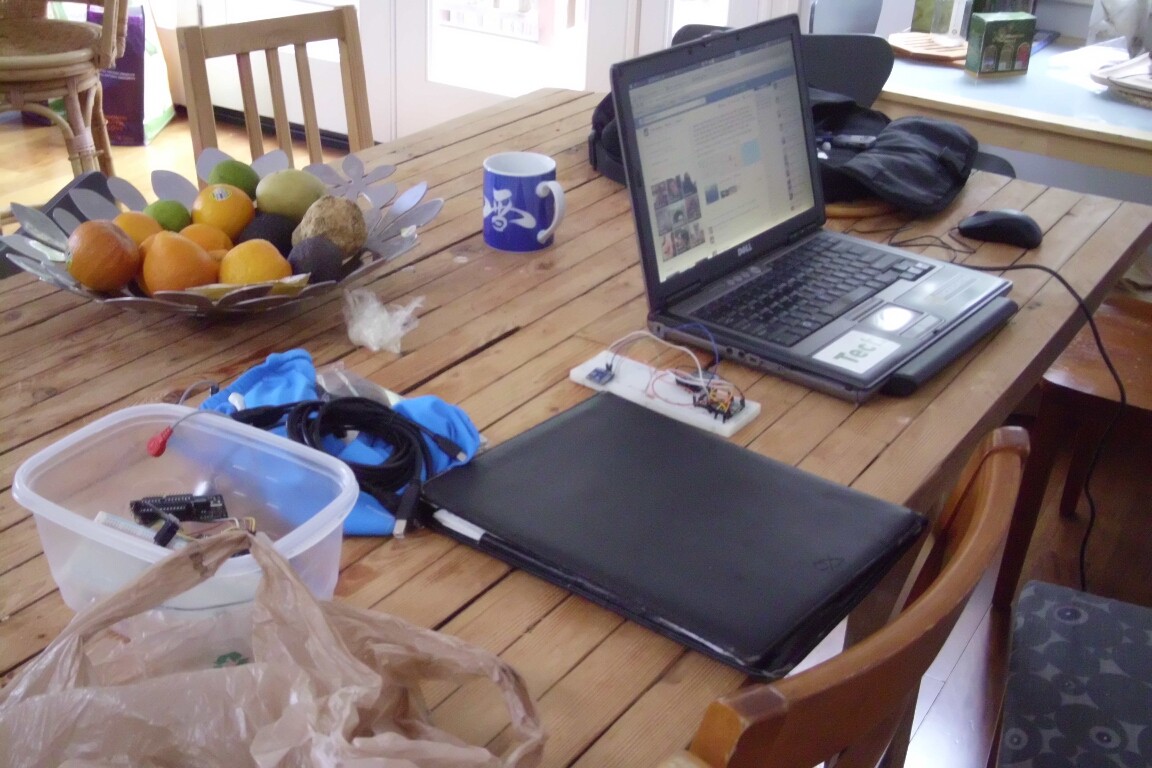
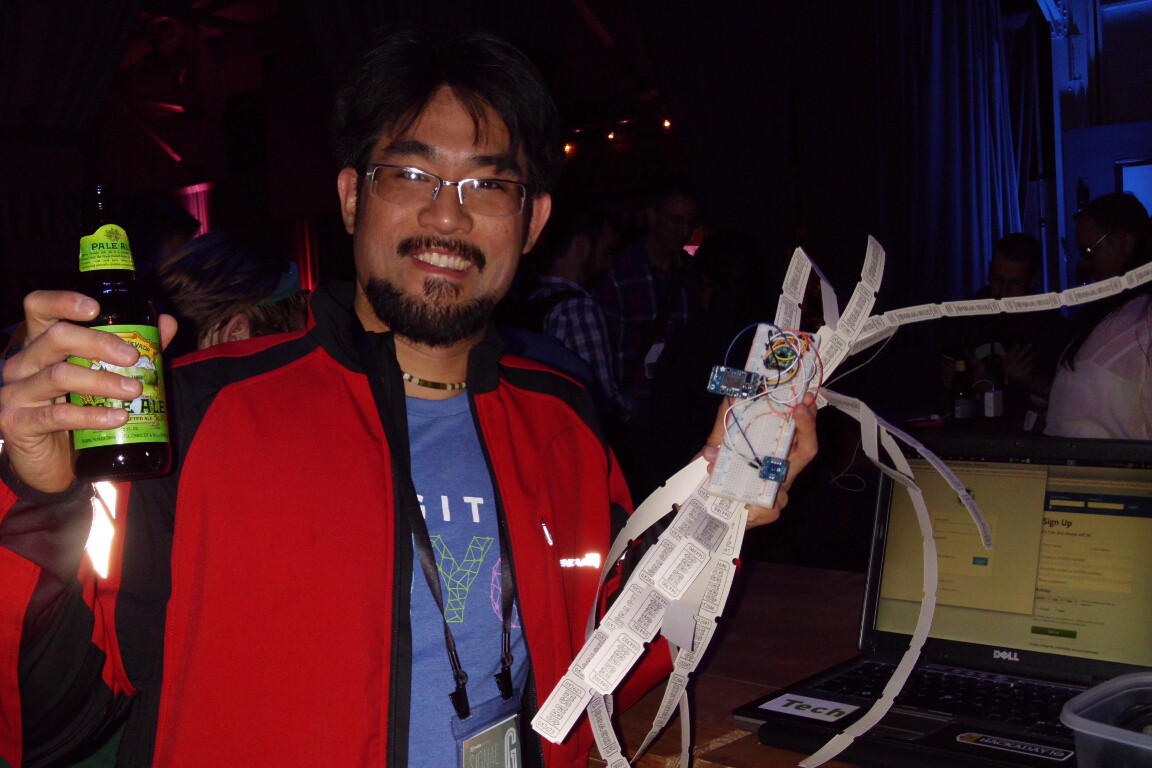

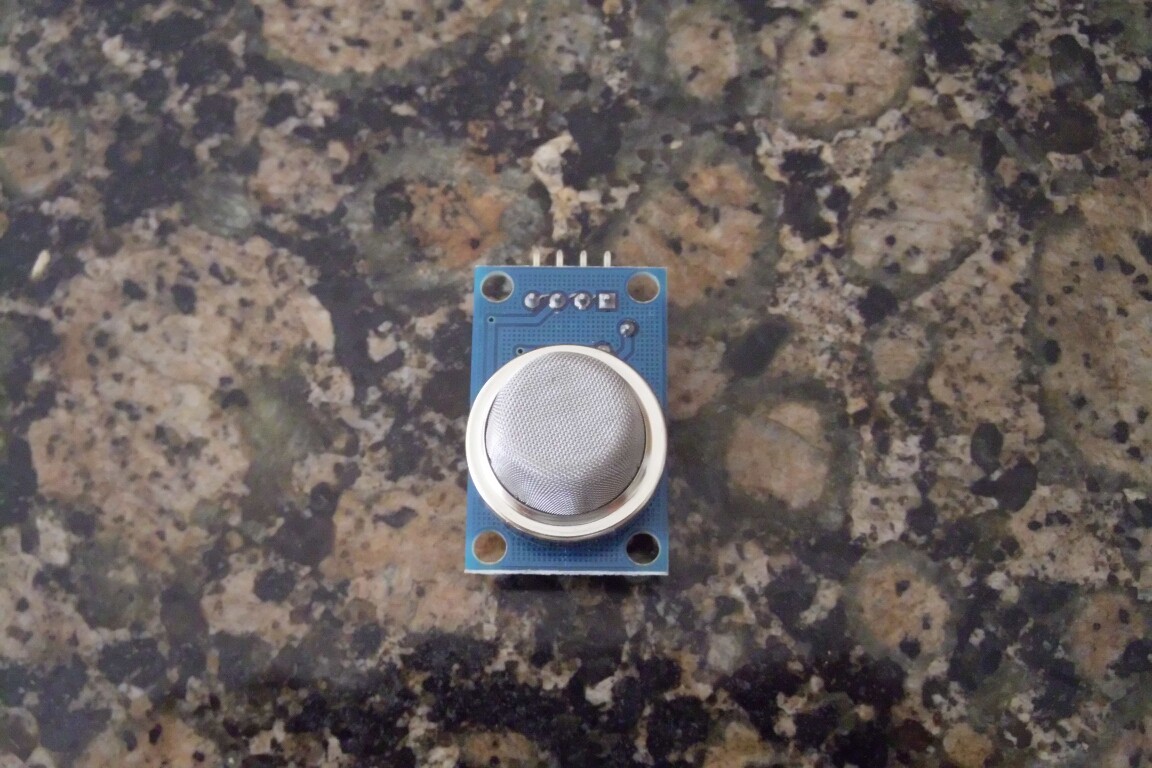
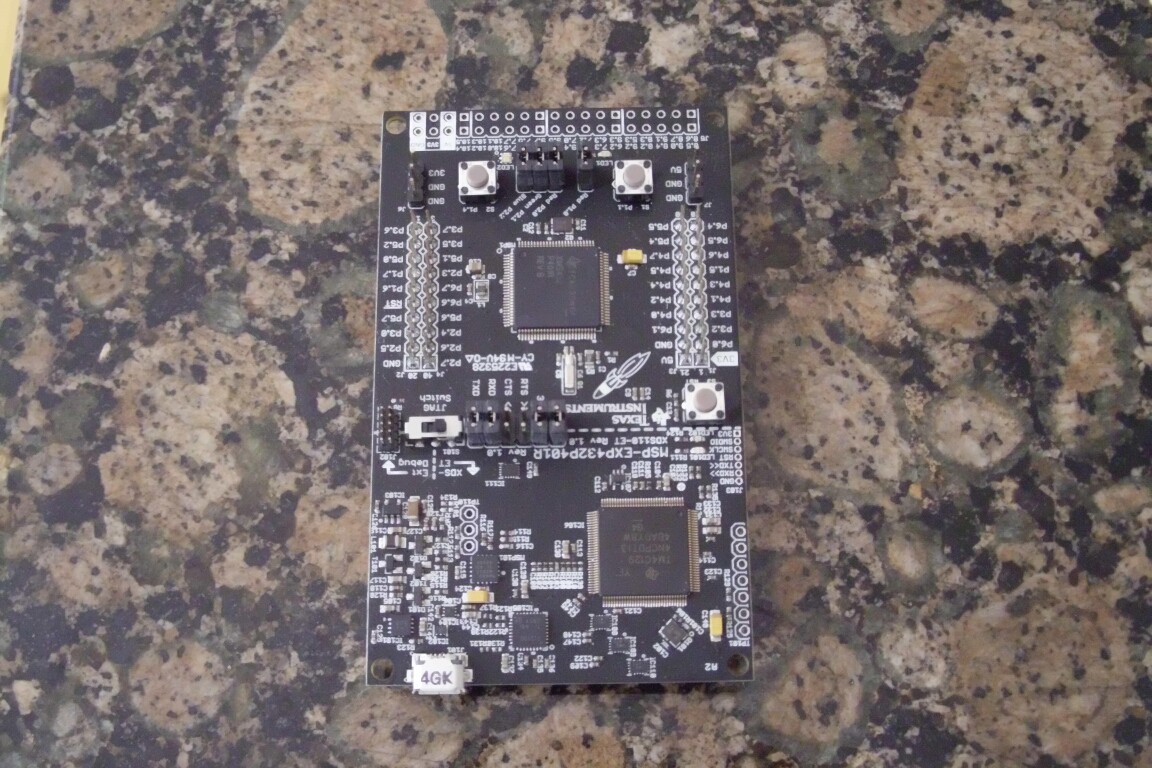

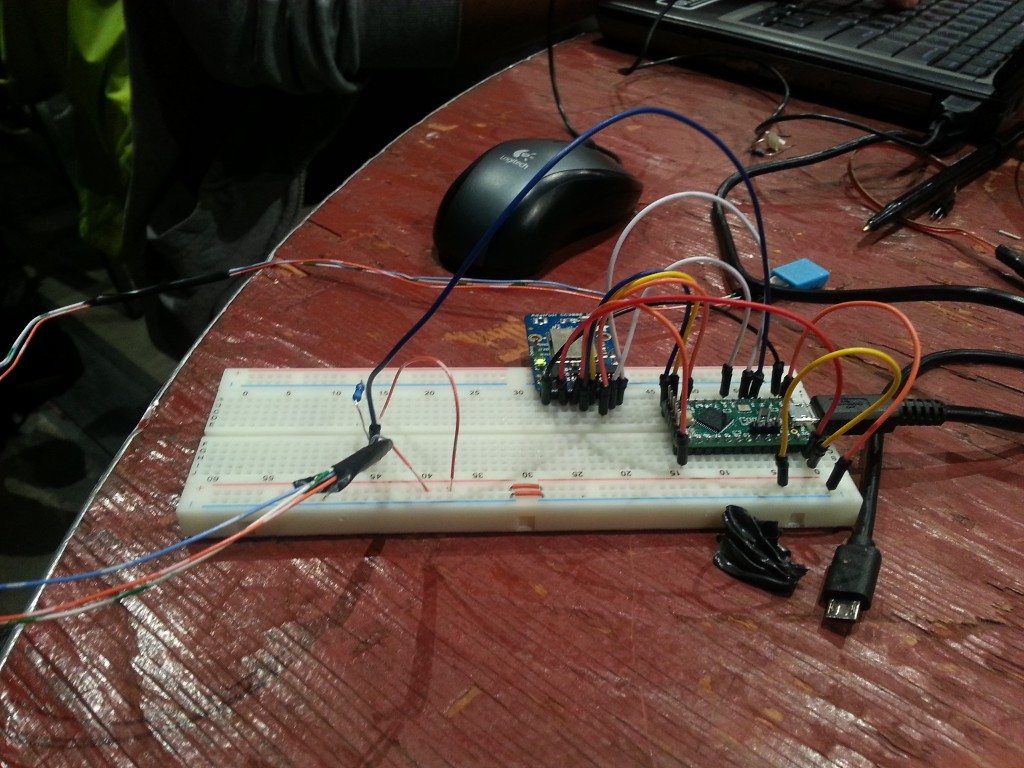
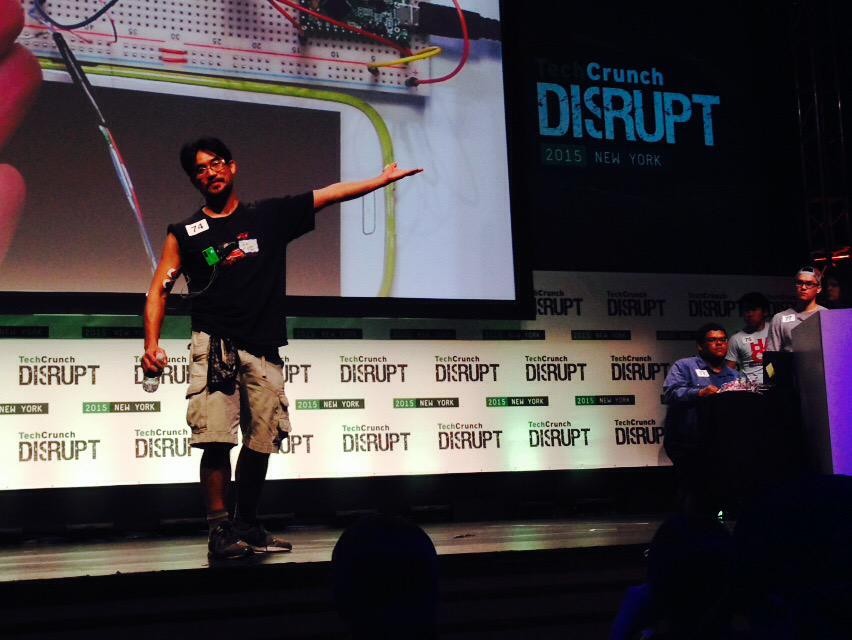
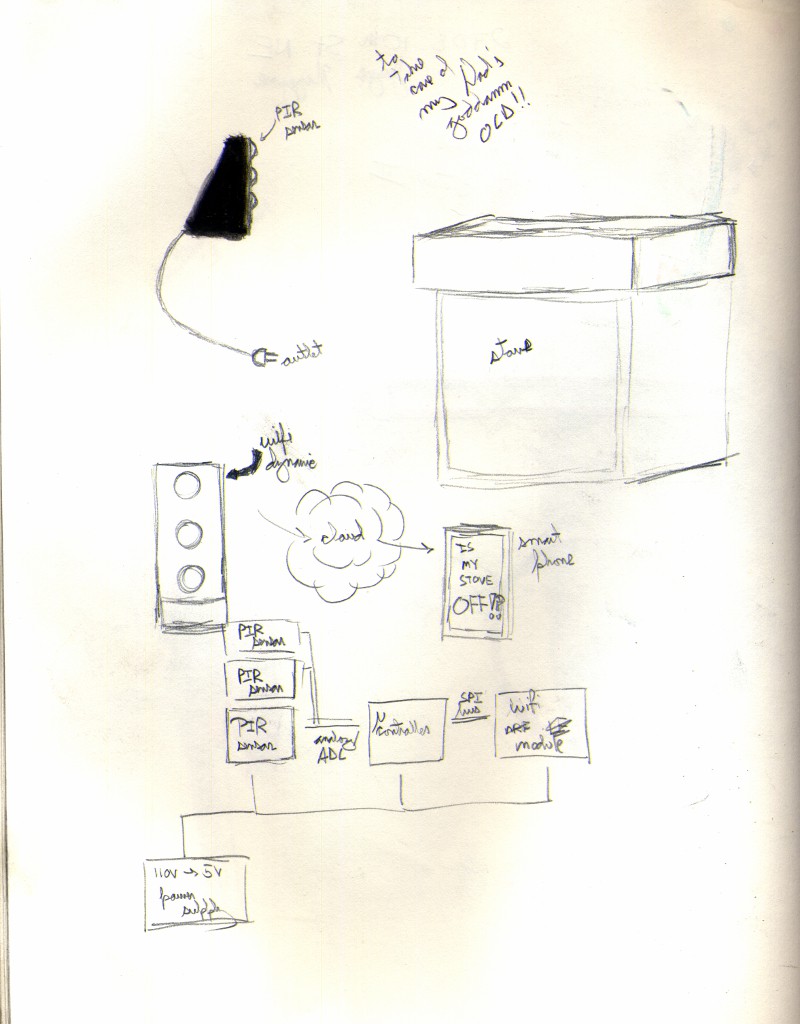



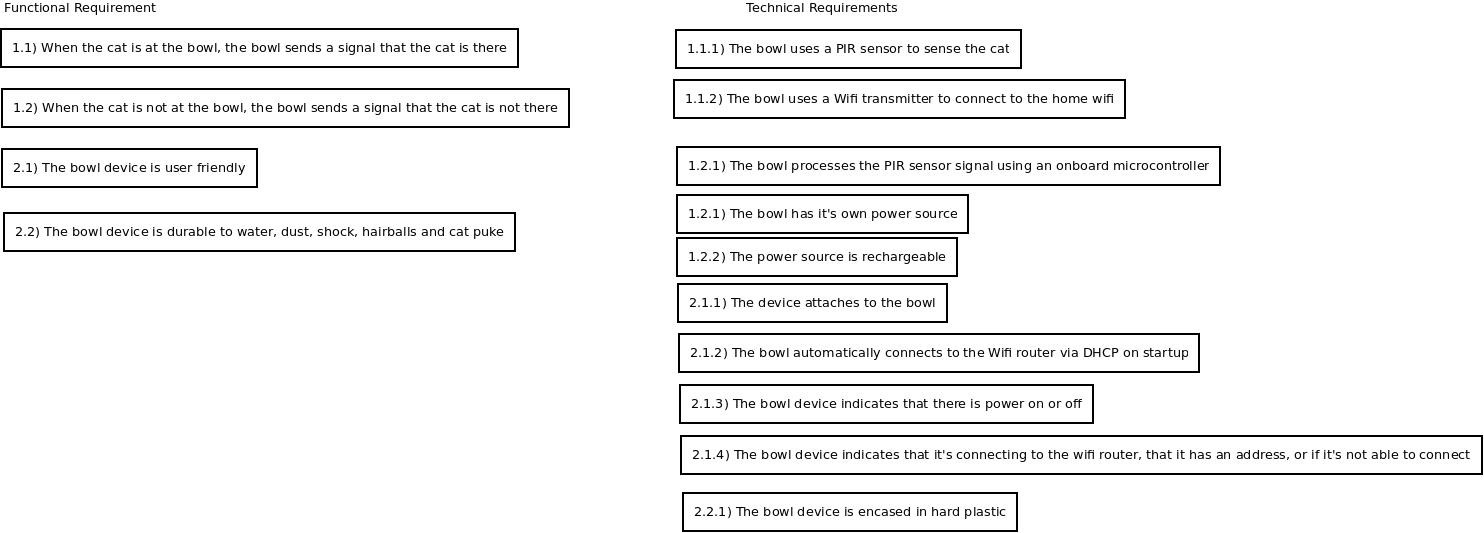
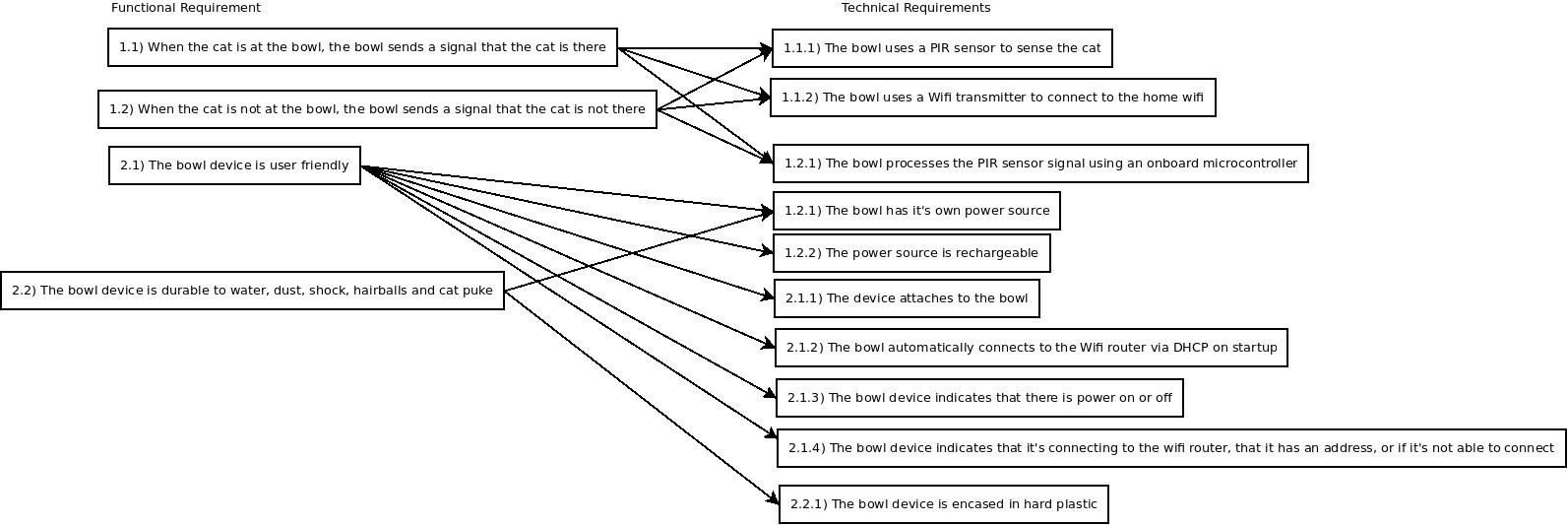


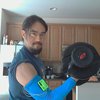
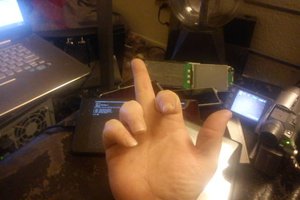
 Dr.Droopy Nayhey
Dr.Droopy Nayhey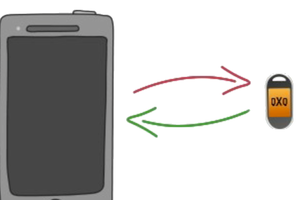
 David Preece
David Preece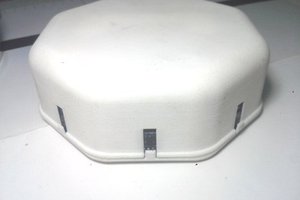
 Crypto [Neo]
Crypto [Neo]
 Michael R Colton
Michael R Colton
This project is my favorite and I like your innovative ideas. While searching for the best services at the http://adelaidepressurecleaningpros.com.au/tennis-court-cleaning/ I came across this site and found these perfect project with amazing details and videos.